READY TO GET STARTED?
REQUEST A FREE ESTIMATE
Fill out the form below or call (888) 466-7849 for a free, no-obligation estimate.
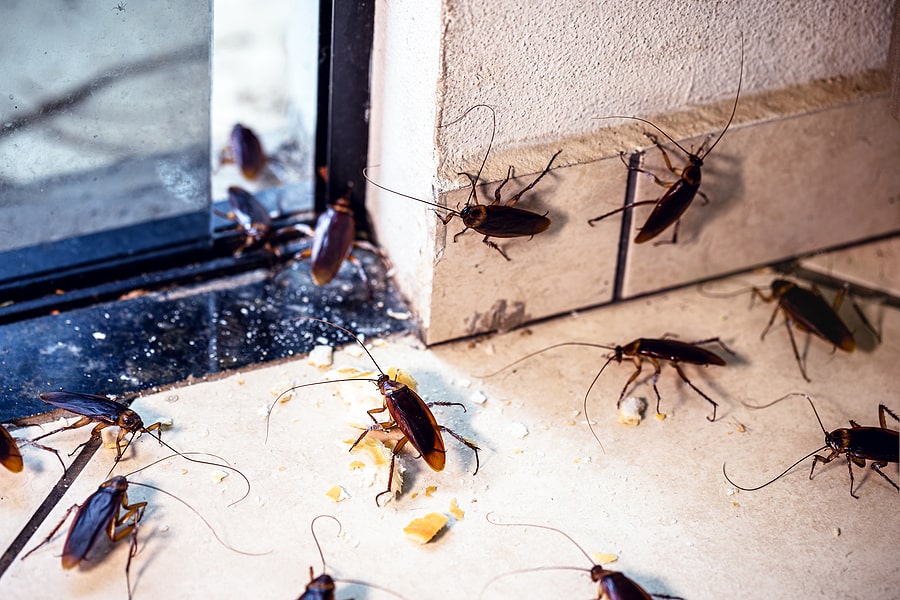
Roaches are resilient pests that have survived millions of years on Earth. Cockroaches are naturally tropical pests, preferring warm, humid habitats to thrive in. In fact, most species of roaches will die off at temperatures below 15 degrees Fahrenheit. Roaches have learned to adapt and are expert overwintering pests, making their way indoors to avoid exposure to cold temperatures and survive the winter.
There are four species of cockroaches in the United States that can survive year-round with the appropriate overwintering environment.
To answer the question above, roaches don’t necessarily die off in the winter. As long as they can find a warm place to shelter with a food source they can survive and reproduce year-round. The next question to ask yourself is, “How are they getting into my home?” Roaches can squeeze through openings as small as 3/16″ and will use any opening they find in your walls, siding, baseboards, and ceilings to get inside. Roaches are also notorious hitchhikers and will catch a ride indoors on bags, boxes, firewood, furniture, and appliances.
Keep roaches out this winter by:
If you have a problem with cockroaches or any other household pest, contact your local pest control company for an evaluation and treatment plan.
Mouse vs Rat: 5 Differences Explained
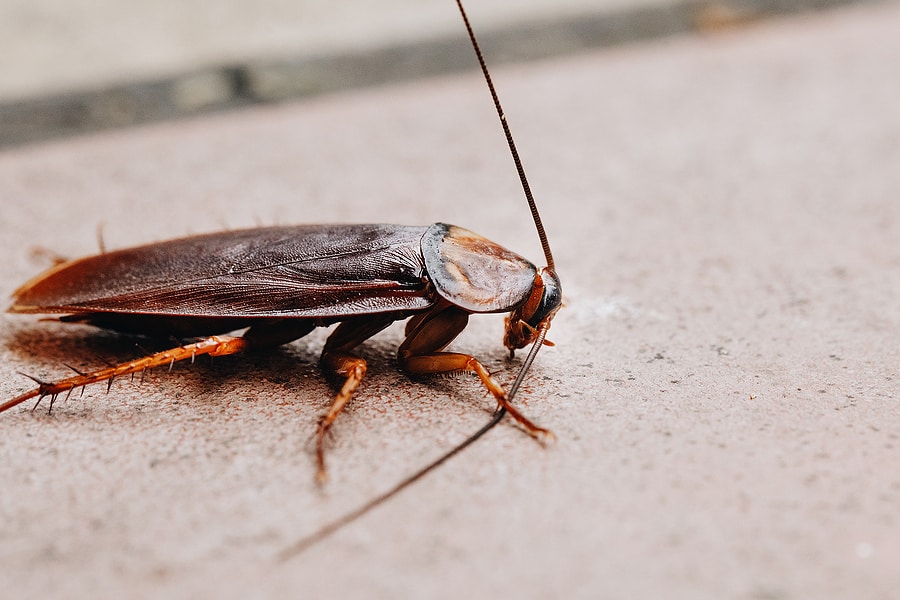
The cockroach might just seem like a creepy, annoying nuisance, but it can cause more damage than expected. Cockroaches transmit over 30 different kinds of bacteria – E. Coli, Salmonella, and more. In addition to this, they can also trigger asthma and allergy attacks as their droppings, saliva and shed skin contain allergens that increase asthma symptoms, especially in children.
As one of the most common household pests, it’s important to keep roaches under control to lessen the effects they cause. Here we breakdown the types of cockroaches you could be seeing in your home and how you can prevent them in the future.
While prevention can help keep cockroaches away, sometimes it’s best to get a professional involved. A local pest control company will be able to inspect your home and provide you with the best treatment and prevention plan going forward.
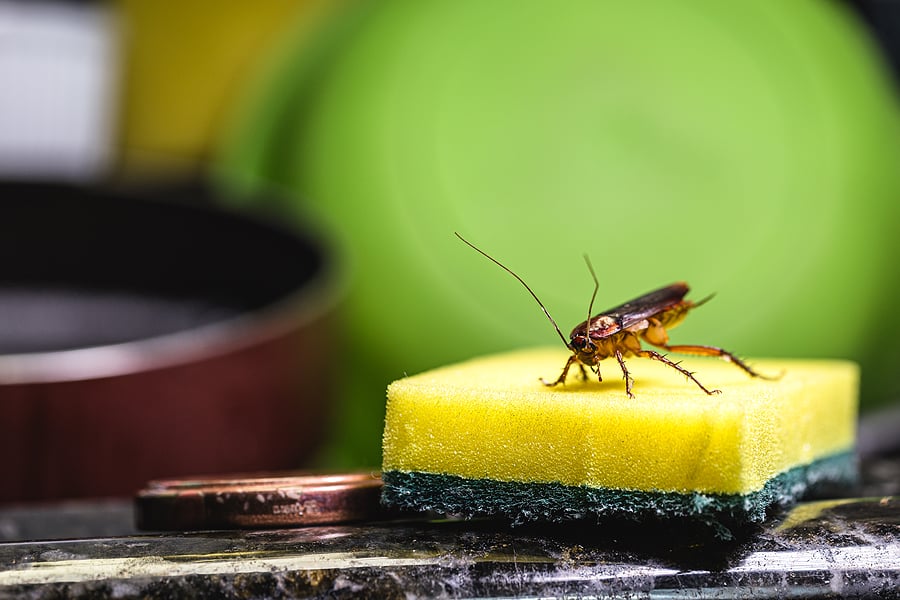
Cockroaches are household pests known for spreading bacteria and triggering allergies and asthma. These nocturnal pests come out at night to feed and hide in cracks and crevices during the day. Roaches are attracted to moisture and are most commonly found in bathrooms, kitchens, laundry rooms, basements, and drains. Because they are nocturnal, you may not notice you have a roach problem until a full blown cockroach infestation has set in. Spotting the signs of cockroaches can help you head off an infestation before it gets out of hand. Here are 7 signs you may have cockroaches.
If your neighbors mention having a roach problem, especially if you live in an apartment, condo, or townhouse, the odds are likely that they will make their way over to your home, as well. One way to help prevent this is by getting rid of what attracts roaches in your home. Don’t put open food containers in the trash; don’t leave crumbs on the floor; clean up messes as they happen; keep garbage cans sealed; and try not to store outdoor trash cans near your home.
Roaches are attracted to moisture so they are often found in areas of high moisture in your home. In these areas, they will often produce dark, irregularly-shaped smear marks as they rest or crawl along walls. These smears are often seen on horizontal surfaces and where the wall and floor meet.
Roaches leave droppings behind wherever they are. The size and shape of droppings vary between species. Some species leave behind a small brown stain. German cockroaches leave behind pepper-like specks that can also resemble coffee grounds. The larger American cockroach species leaves behind droppings closer to a grain of rice. The most common places to check for droppings are floor corners, cabinets, under the fridge, and under the stove. It is important to clean any droppings up when you find them as they are known to spread bacteria.
Egg casings are long, hollow, light brown tubes that hold cockroach eggs, anywhere from 20 to 50 at a time. Although most species leave egg casings behind once the eggs are laid, some species actually carry them with them until their offspring hatch. Egg casings are usually found at the base of the refrigerator, in cabinets that store food, and near leaky pipes. If you find a casing that still has eggs in it, dispose of it by flushing it down the toilet.
Roaches and their feces give off a musky, unpleasant odor. While one roach usually doesn’t emit a strong enough odor to be detected by humans, when larger numbers of roaches get together the smell gets stronger and more easily detected. While the smell is usually associated with live roaches, dead cockroaches can also emit the odor as part of the decomposition process.
The feces and exoskeleton of cockroaches contain proteins that can trigger allergies and asthma. If you don’t usually have allergies and have symptoms appear without a known trigger; or your current allergy and asthma symptoms seem to get worse without a known trigger this may indicate the presence of cockroaches in your home. Symptoms include stuffy nose, wheezing, red itching eyes, shortness of breath, chest tightness, and the increased use of your inhaler.
If you see one roach, the odds are likely that there are many others present. Roaches are nocturnal and usually spotted at night. If you are seeing roaches during the day, overcrowding from an infestation may be forcing them out in the open.
The best way to avoid a roach infestation is to prevent them in the first place. Prevent cockroaches by:
If you have a problem with roaches or any other pest, contact your local pest control company for a free analysis and comprehensive treatment plan.
Bed Bugs: Where Do They Come From?
How to Prevent Little Black Ants
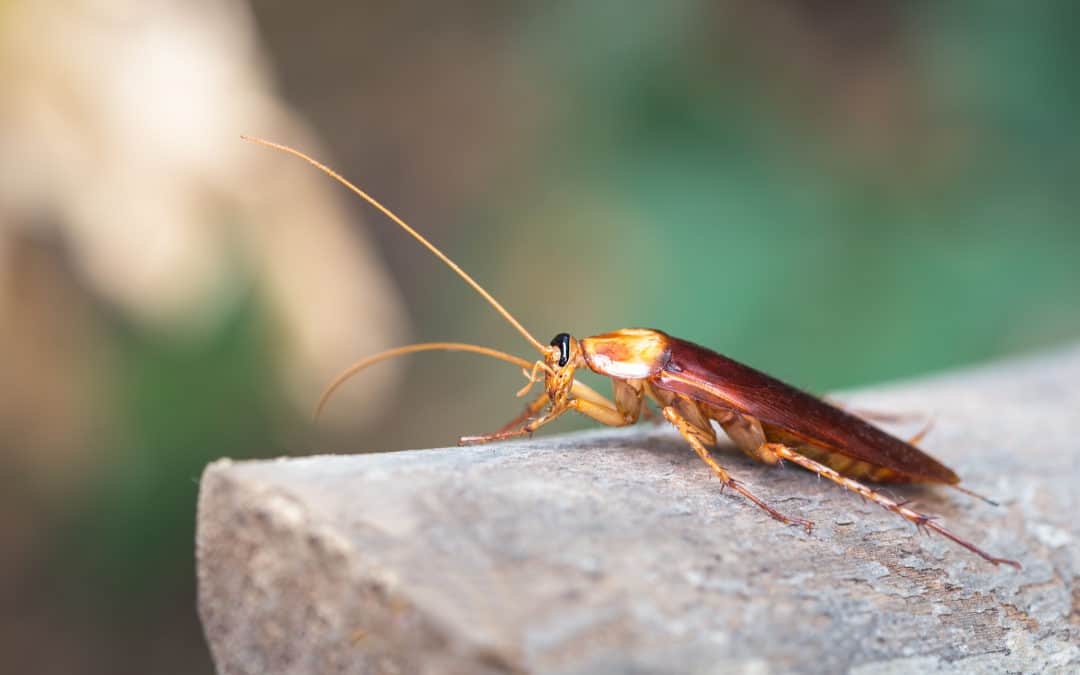
To most homeowners, cockroaches are all the same. They can sneak into homes, contaminate food, and be a nuisance to your entire household. While we tend to lump all cockroaches into one category, it’s essential to recognize that there are many different species of roaches around the world. Cockroach control methods depend on which species you are dealing with. Two popular roaches in southeastern states that get easily confused with one another are the Oriental cockroach and the American cockroach.
The oriental cockroach is a common species in the South. With a glossy body and cherry to black coloring, these roaches measure 1 to 1.25 inches in length. While they can cohabitate with American roaches, they usually prefer the outdoors rather than the indoors. Oriental roaches cannot live without water for more than two weeks, which means they are on a constant search for both a water and a food source. They often feed on decaying organic matter, starchy foods, and garbage.
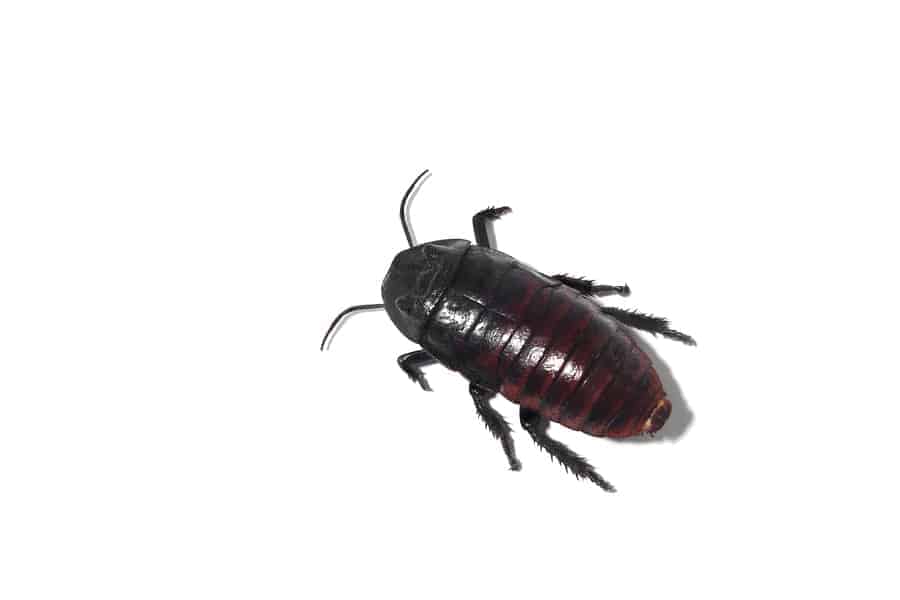
The American cockroach is quite a common species, especially in the state of Georgia. These roaches are chestnut to light brown color with a light-yellow band around the back of their head. Adults can get up to 2 inches in length and can live up to two years! Like the oriental cockroach, American roaches are in constant search of a water source and you will often find them near pipes, sewers, and basements. While they will feed on most foods, they particularly like fermenting material such as small insects, fungi, and algae. If they find themselves indoors, they will eat any crumbs or food found in appliances, kitchen cabinets, and floors.

Prevention is the key to keeping these pests from entering your house. Help prevent cockroaches by using these tips:
– Thoroughly clean your home each week.
– Store all food in tightly sealed containers.
– Clean up yard debris such as leaves or fallen tree limbs.
– Don’t let shrubs, trees, or woodpiles touch your home.
– Don’t forget to clean under forgotten spaces such as under the fridge, stove, and inside cabinets.
If you’ve done all the preparation you can but are still seeing roaches, consider contacting your local pest control company where they will help identify the roach, eliminate them, and keep them from coming back.
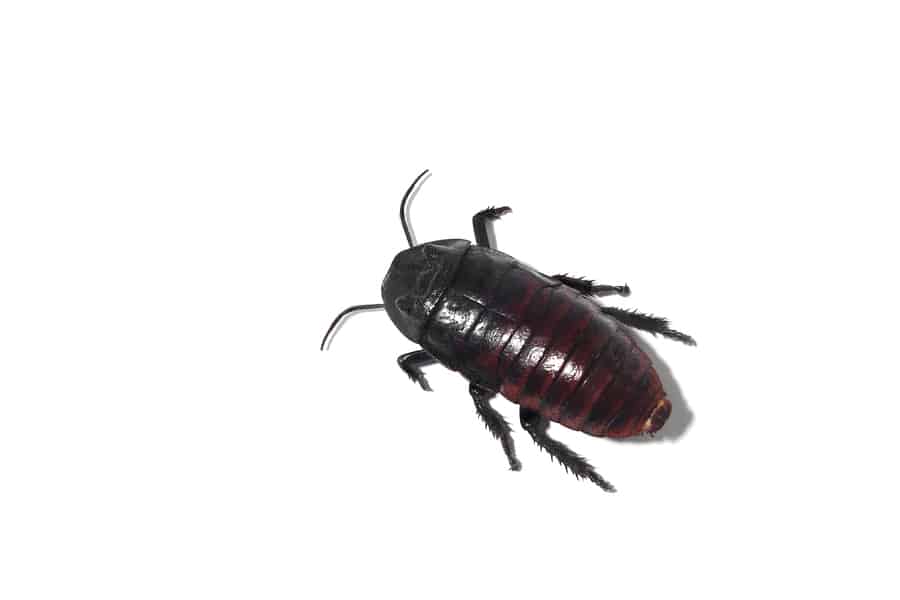
One of the lesser known species of cockroaches, the oriental cockroach (Blatta orientalis), also known as the black beetle cockroach and the waterbug, is actually one of the largest next to its cousin, the American cockroach. These pests are great at hiding and fitting into tight locations and have adapted to thrive both indoors and outdoors. Let’s take a look at how to identify Oriental cockroaches, as well as some cockroach prevention tips.
The Oriental cockroach is dark brown to nearly black in color with a smooth shiny exoskeleton. Although not quite as big as American cockroaches, these bugs do get up to 1 inch in length. Males are slightly shorter than females with stubbed wings and females are longer and skinnier without wings.
These roaches are found throughout the United States and prefer warm, moist, dark locations. They thrive outdoors, often residing under piles of leaves, mulch, stone, wood, flower beds, and debris. They will travel through sewers and can come into your home through pipes and drains. Indoors, they can be found in rarely used sink drains, garbage disposals, under cabinets with plumbing, and in bathroom voids.
Oriental roaches are omnivores, eating nearly any type of food source but preferring decaying plants and rotting garbage. They will also make do with crumbs, pet food, and leftover human food, too. They are very dependent on water which is why they are usually found in areas with high moisture. They can survive up to 1 month with no food but only 2 weeks without water.
These cockroaches are slower than most of their counterparts. They prefer to be active outdoors and are nocturnal. Males have wings but don’t fly. They have a lifespan of 1 to 6 months and their reproduction is seasonal – they produce more eggs in the spring and summer than they do the rest of the year.
Oriental cockroaches are dangerous to humans as they are known to transmit bacteria such as E. coli and salmonella. Because they eat decaying food and other material, they can contaminate food and other surfaces with the pathogens picked up from their food sources. They also excrete odors which can trigger allergies and asthma in those affected.
There are 3 main signs of Oriental cockroaches in your home:
If you have a problem with cockroaches of any kind, contact a professional pest control company for proper identification, potential points of entry, and the most up to date treatment options available.
Kudzu Bugs vs. Brown Marmorated Stink Bug: What’s the Difference?